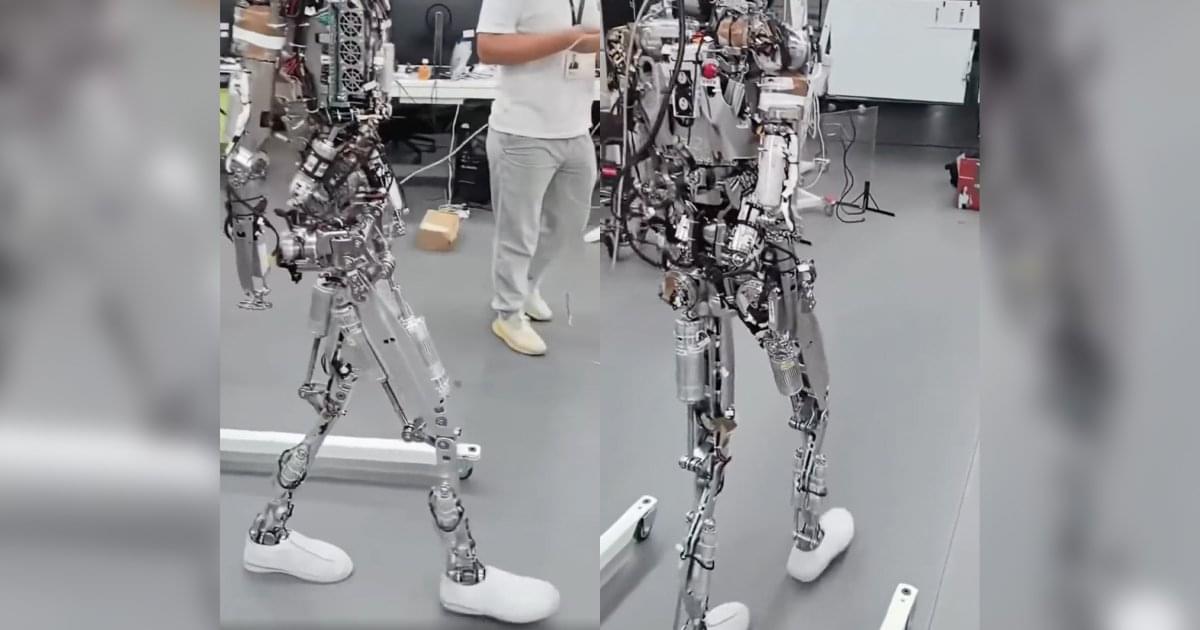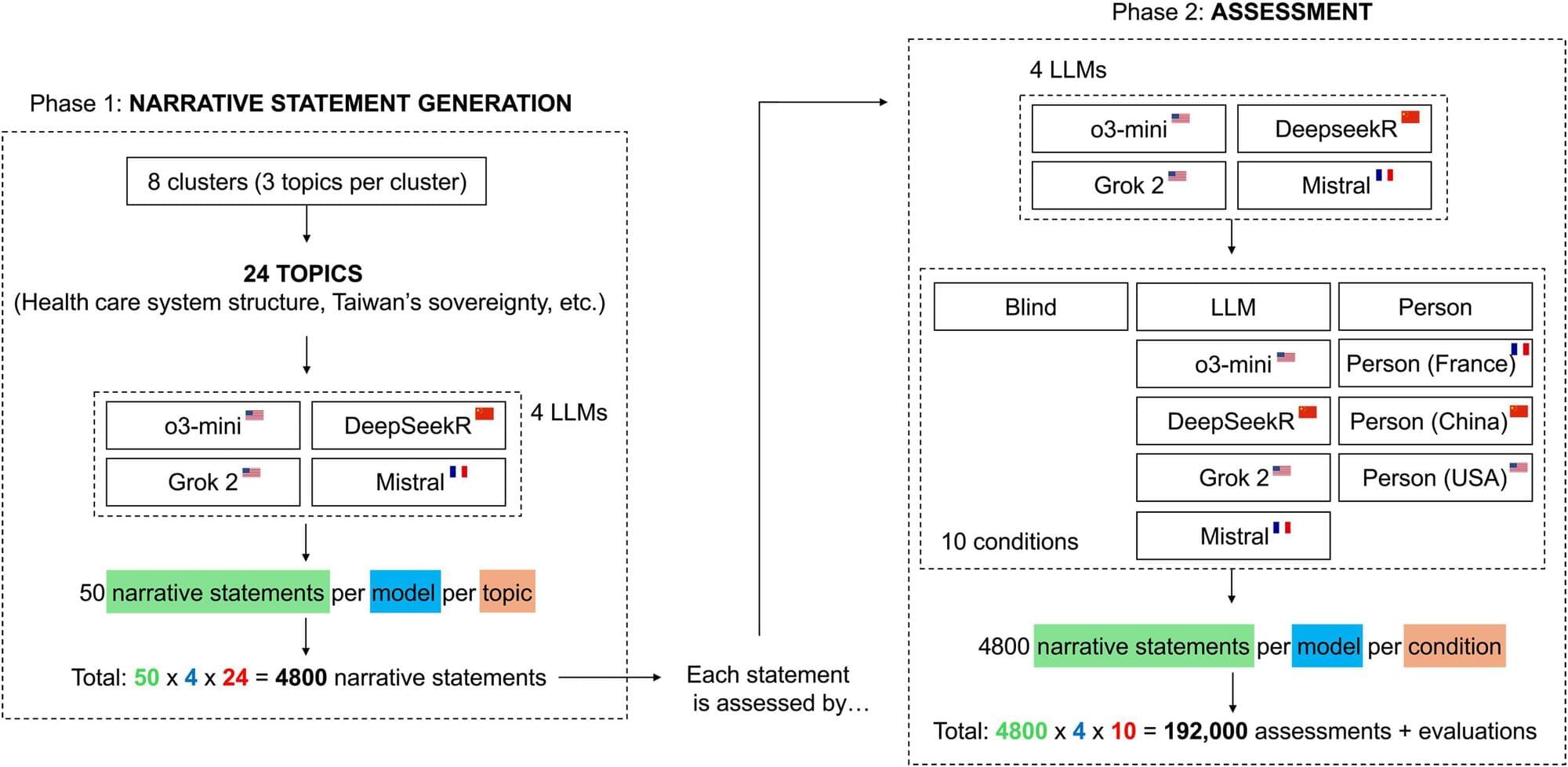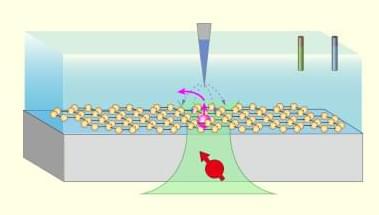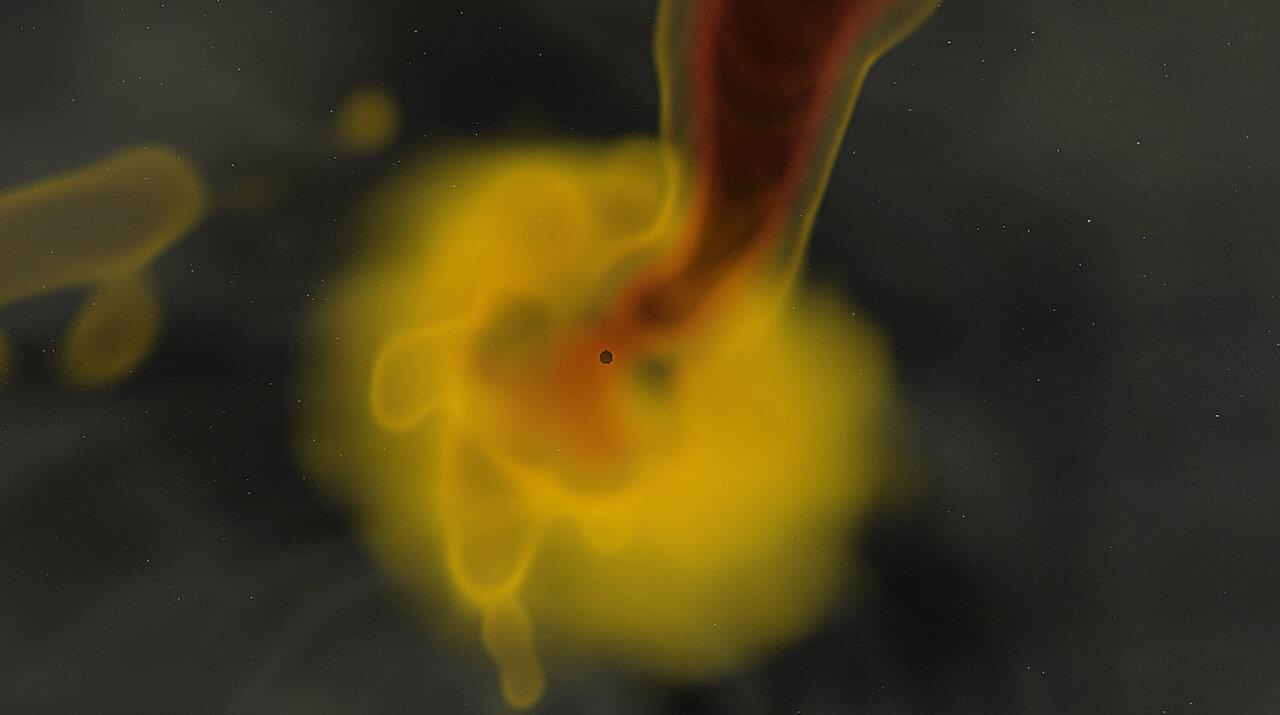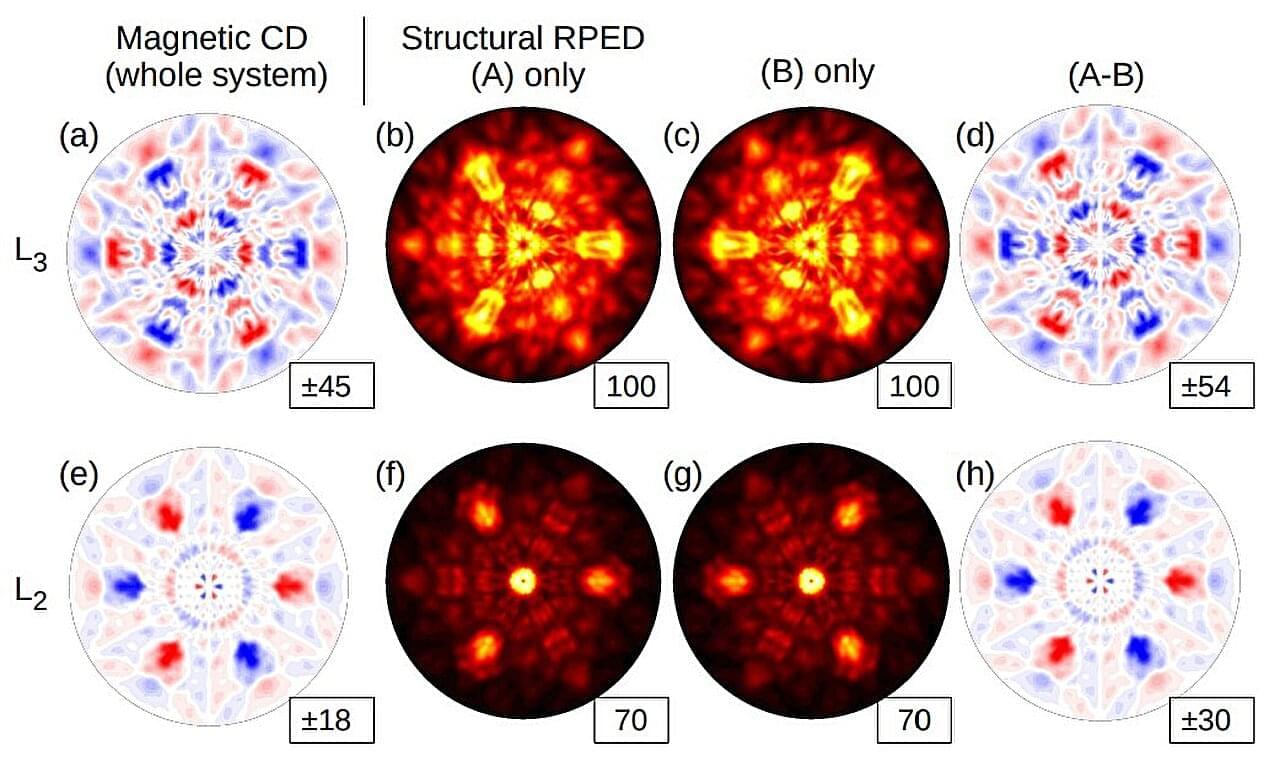“I am kind of blown away that they can get motors to work in such an elegant way. I assumed it was soft body mechanics,” wrote another. “Wow.”
Iron made its first debut on Wednesday, when XPeng CEO He Xiaopeng introduced the unit as the “most human-like” bot on the market to date. Per Humanoids Daily, the robot features “dexterous hands” with 22 degrees of flexibility, a “human-like spine,” gender options, and a digital face.
According to He, the bot also contains the “first all-solid-state battery in the industry,” as opposed to the liquid electrolyte typically found in lithium-ion batteries. Solid-state batteries are considered the “holy grail” for electric vehicle development, a design choice He says will make the robots safer for home use.
